Setting up your utilities in a foreign country can be a tricky process. We’ve all been there — and we’ve picked up some handy tips for setting up your Dutch internet connection as seamlessly as possible!
When choosing your internet in the Netherlands, there are so many things to consider, such as:
- What type of internet connection should you go for?
- Which Dutch internet provider is the best value for your money?
- How fast can you get your internet connection?
Never fear, loyal internet user, we’ve got the answers to all your questions about setting up your internet in the Netherlands.
- 🔧 How to set up your internet in the Netherlands
- 📡 Types of internet connections in the Netherlands
- 🛜 Average internet speeds in the Netherlands
- ‼️ Things to know about internet in the Netherlands
- 🤳🏻 Mobile internet in the Netherlands
- 🎁 Dutch Internet package deals
- 👀 Where can I compare Dutch internet providers?
This post might have affiliate links that help us write the articles you love, at no extra cost to you. Read our statement.
How to set up your internet in the Netherlands
The good news is that the Netherlands makes it super-easy to set up your internet connection — and the sooner you start, the better.
1. Choose your Dutch internet provider
When choosing your provider, you’ll want to take into account availability in your area, speed, price, and customer service.
The Netherlands has several major internet providers:
Ziggo
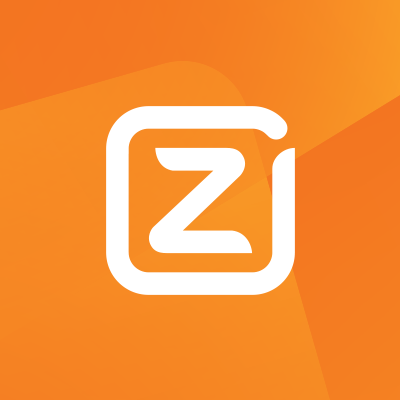
Combining a stable and speedy connection with availability all over the country, Ziggo is the Netherlands’ most popular internet provider for a reason.
Plus, thanks to their SmartWifi system, Ziggo ensures that no matter where you’re accessing the web in your house, you get the fastest connection possible.
KPN
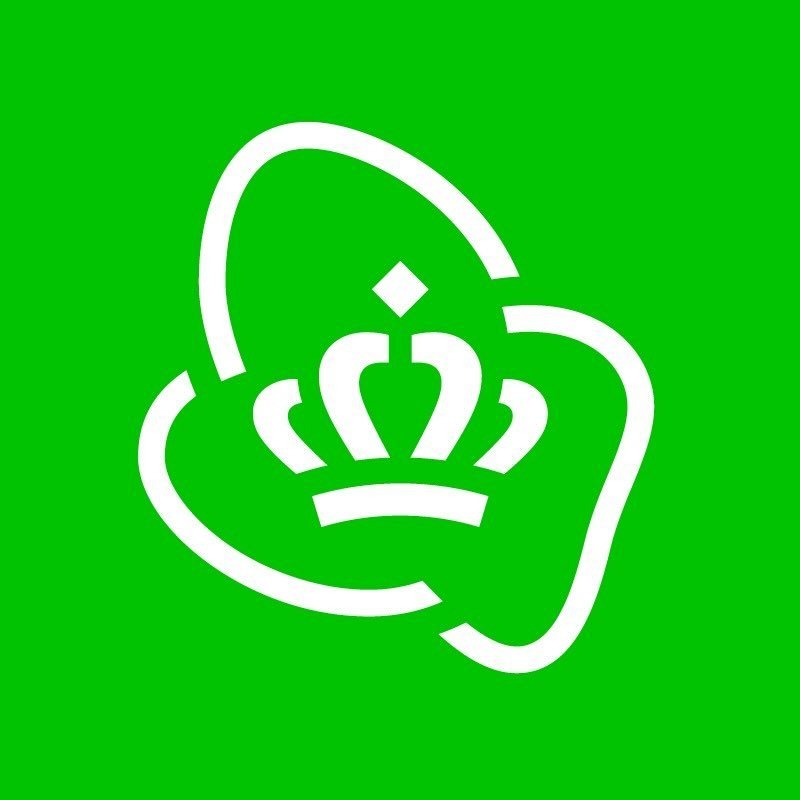
Dubbed “the network of the Netherlands”, KPN offers a range of internet packages — all the way from a blazing 4Gbit/s to the more affordable 100 Mbit/s.
Looking for an internet and TV plan, instead? Or an internet deal with some streaming platforms? You’re spoilt for choice, as KPN has all of these and more.
Odido
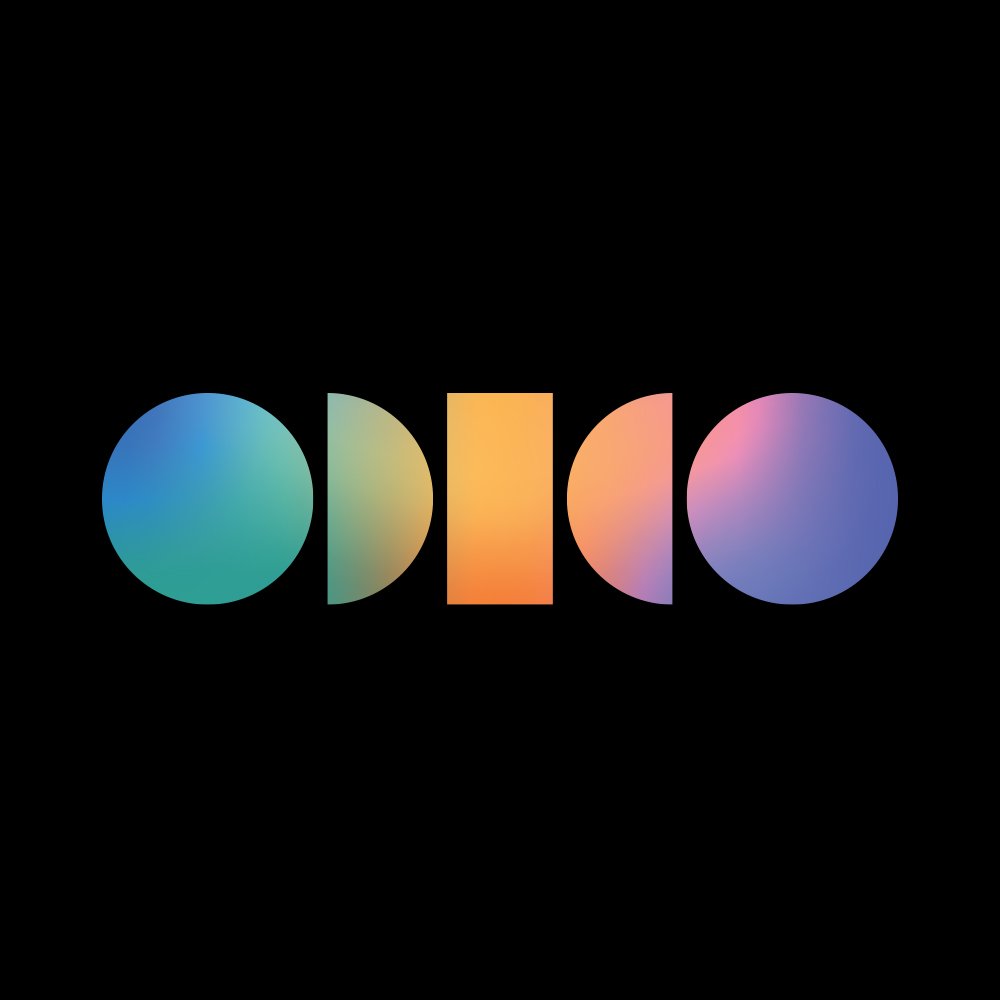
Odido isn’t just home to super-speedy fibre optic connectivity, as its reliable DSL packages hit speeds of up to 100 Mbit/s — perfect for streaming your fave show or playing that game you love.
However, the real cherry on top is Odido’s range of customer benefits, from monthly discounts to additional data.
Budget Thuis
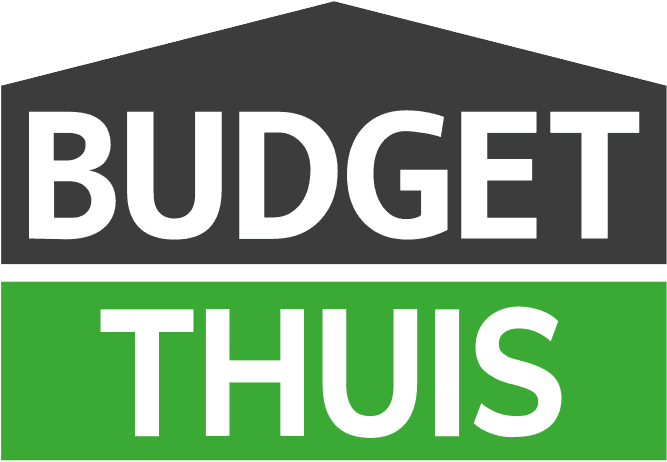
The cheapest of the big four, Budget Thuis offers excellent DSL and fibre optic connections at super-discounted rates.
And, unlike the other options on the list, Budget Thuis is a great one-stop shop — providing you energy and mobile data plans, in addition to internet and TV packages.
In addition to these, there are a number of smaller internet providers as well, such as:
2. Get in touch with the provider
Found your perfect internet connection and provider? Now it’s time to get in touch.
However, despite the Dutch being the best non-native speakers of English, many company websites are still only available in the national language. This also goes for many Dutch internet providers.

The good news is you can set up your internet in-store or over the phone.
There is a high chance you will speak to someone who can walk you through the process in English, but you still might want to look up the Dutch word for fibre optics (it’s glasvezel if you were wondering 🙆♂️).
3. Sign your Dutch internet contract
You’ve done it! Finally, you have an internet contract in your hands (or most likely on your computer screen).
Unless you’ve signed up through an English-friendly provider, it’s likely in Dutch — do your best to understand it, or perhaps ask a Dutch friend for some help.

Make sure you fully understand the contract, especially any short-term deals that might be applied.
4. Get your internet up and running
Now, this is the (relatively) easy part. Most providers will send out an installation service or send you the tools and instructions to set it up yourself.
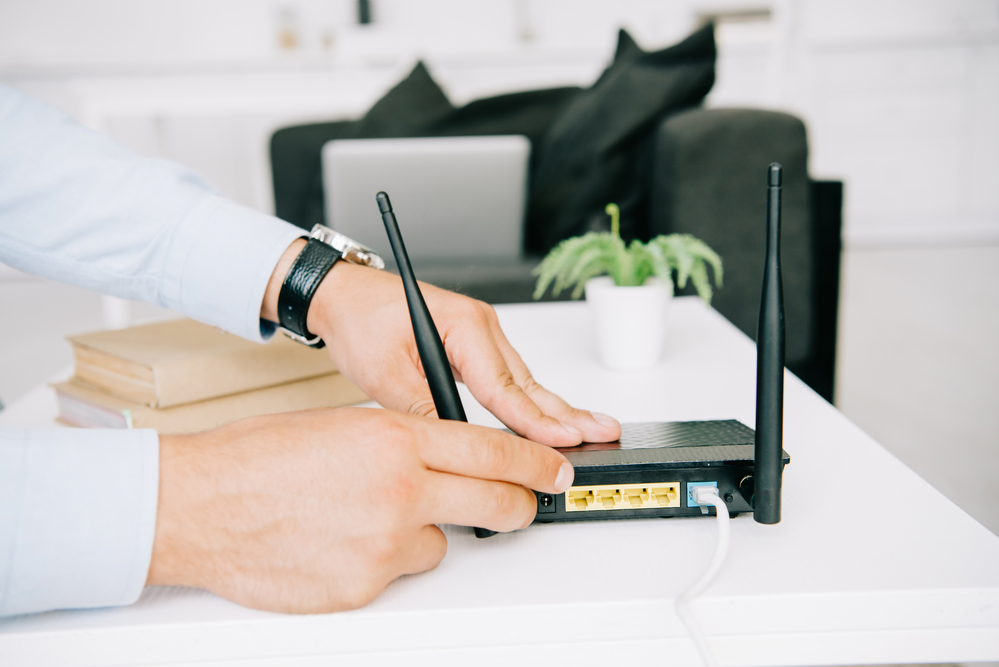
Types of internet connections in the Netherlands
The Netherlands has three main types of internet connection: cable, ADSL, and fibre optics.
Cable internet in the Netherlands
The most popular way to set up your internet in the Netherlands is via cable. Nearly 98% of Dutchies choose to connect to the web this way.
If internet speed is important to you, cable internet is one of the best options in the Netherlands.

The downside is that most cable internet subscriptions are sold as part of a package with a television subscription. This can make it costlier, particularly if you’re not a big TV watcher.
ADSL in the Netherlands
The next most popular option in Dutch homes is ADSL, which is delivered through copper cables.
It can, however, be a more expensive option, as you have to pay for both a phone line connection and a separate contract with the internet service provider.
Fibre optics in the Netherlands
Ideal for a fast and reliable internet connection, fibre optic cables are thin glass fibres transmitting light signals that carry more data than traditional copper cables.
READ MORE | Fibre optics in the Netherlands: Getting the fastest internet in Amsterdam and beyond
However, fibre optic internet is still being rolled out across the Netherlands and isn’t available everywhere yet. You can check online if fibre optic internet is available at your address.
TIP: Moving into a small apartment? Check with your neighbours if they might like to share the cost of an internet subscription! (Yes, that’s actually a thing.)
Average internet speeds in the Netherlands
If you haven’t heard, the Dutch internet is pretty speedy — in fact, the Netherlands has some of the fastest internet in Europe.
According to the reputable Ookla speed tests, the average download speed in the Netherlands is a blazing 200 Mbps (megabytes per second).
READ MORE | 8 things to know about getting Dutch internet
How do the Dutch get such speedy internet? Part of the reason is that the country is so flat.
Things to know about internet in the Netherlands
Before you rush to get your house connected in the Netherlands, there are a few handy tips you need to know.
You’ll likely need a Dutch bank account
Generally, getting a Dutch bank account will make many aspects of life in the Netherlands so much easier.
READ MORE | The best banks in the Netherlands for internationals in 2025
Many Dutch internet providers accept payments through iDeal (an online payment method), which only works with Dutch banks.
Most contracts are at least 12 months
This is why you need to check your contract with a fine-tooth comb!
If you’re staying in the Netherlands for a short amount of time, it’s more difficult to find a contract less than a year long.

Many contracts let you cancel before the end of the year, but it will probably incur a penalty fee.
This fee often means you end up paying the same amount as you would for the whole year.
If you’re a short-term resident, you may want to think about just getting mobile internet for the time you’re here.
You might not have a choice for what type of connection you can receive
When it comes to getting cable internet, you may find that your choice is restricted in terms of providers.

It may be that there is only one provider that can supply internet to your home. That’s why it’s best to do your research when it comes to what connections are available in your area.
In a hurry? Cable internet is the quickest to set up
Since cable internet is the most popular kind of connection in the Netherlands, providers are a dab hand at setting it up.
Not only that, but it also means you can get your internet, TV, and landline set up in one fell swoop.
Mobile internet in the Netherlands
This might be the option for you if you’re only in the country for a short time.
The most common way to get mobile internet (i.e. data) is when you get a Dutch pre-paid SIM card — or a SIM-only contract if you’ll be staying for longer than a year.

However, this typically isn’t the best way to sign up for your internet.
If you work from home or tend to stream a lot, the internet speeds can be rather slow. Meanwhile, data doesn’t come cheap in the Netherlands, so it can end up costing you a pretty penny.
Finally, data is normally capped every month (unless you can afford unlimited data, you baller 💰).
Dutch internet package deals
If you know you are going to be watching a lot of TV or making a lot of calls within the Netherlands, these are hugely popular in the Netherlands and could save you a lot of money.
TV and internet deals
Many Dutchies opt for getting their TV and internet together (that’s that 98% we talked about earlier).
Providers that offer combo deals include:
A lot of basic cable packages include all the standard Dutch channels, as well as some expat favourite channels like the BBC, CNN, and MTV.
You can also choose to upgrade to a premium package with all the sports and movie channels your heart desires.
TIP: Some providers — like Budget Alles-in-1, KPN, and Youfone — even offer handy 3-in-1 packages for TV, internet, and calling. This is ideal if you don’t want to order a landline separately from your internet and TV package. 📞☎️
Do I need a VPN in the Netherlands?
Not necessarily, but it is worth considering.
A Virtual Private Network (VPN) protects your privacy when you’re online.
They can help you browse anonymously, and disguise your network to make it look like you’re surfing from another country.

VPNs aren’t the cheapest thing, but they’re worth it if you want to access content only available outside of the Netherlands.
(Like if, for example, you’re addicted to a random Australian show on Netflix. 😉)
You may also be interested in:
That’s everything you need to know about setting up your internet in the Netherlands! Now go ahead and surf the web to your heart’s content while you live in this lovely flat country.
How were your experiences connecting internet in the Netherlands? Tell us in the comments below!

Who’s that girl
Who’s that girl yeah
Who’s that girl
Who’s that lovely girl in the corner
She’s so fine
Oh how I wish that she was mine
I want to hold her
To make her mine
Whose that lovely girl in the corner
She dance and sings
She looks like from a movie scene
Maybe a hero is in her dreams
Who’s that girl
Who’s that girl yeah
Who’s that girl
Who’s that lovely girl in the right-hand corner
She’s so fine
She hypnotized me with desire
I wanna hold her
She gets me high
Shes got it
Love and long
She’s got it all
Long and on
She’s got it
Tender thought and sweet
I want to hold her
To make her mint like gold
Who’s that girl
Who’s that girl yeah
Who’s that girl in the right-hand corner
She’s got it
She’s got it
She’s got it
She’s got it
Who’s that girl
Who’s that girl yeah
Who’s that girl
Who’s that lovely girl in the corner
She’s so fine
Oh how I wish that she was mine
I want to hold her
To make her mine
Shes got it
Love and long
She’s got it
Long and on
She’s got it
Tender thought and sweet
I want to hold her
To make her mine
Who’s that girl
Who’s that girl yeah
Who’s that girl
She’s got it
Who is that girl
Tell me
Who is that girl
I don’t know
Who is that go go go-girl
Is it Ella?
Definitely not fast at installing though. It took almost a month to get an appointment for it after ordering it.
You wrote “136 Mbps (Megabytes per second)”, this is not true, it’s megabits per second. Megabytes would be MB, not Mb. 136 Mbps = 17 MBps
It’s a common mistake, it happens. Honestly it’s the Internet provides that should use bytes, not bits, for their speeds, cos most people have no clue what bits are so it’s deceiving.
Anyway, thanks for your article, as i am thinking of moving to the Netherlands and need help.